Introduction
Packaging plays a crucial role in protecting, preserving, and marketing products. The choice of packaging film materials is a critical aspect of the packaging process, as it influences the performance, functionality, and sustainability of the final package. Roll stock packing machines are a popular choice for creating various types of packaging. This comprehensive guide explores the different packaging film materials available for roll stock packing machines and provides insights into their applications and benefits.
Types of Packaging Film Materials
There are four primary types of packaging film materials:
- Plastic films
- Aluminum foil
- Paper films
- Biodegradable materials
Each type of material offers unique properties and advantages, making them suitable for specific applications.
Plastic Films
Plastic films are the most common type of packaging film material used in roll stock packing machines. They are versatile, lightweight, and provide excellent barrier properties. Some of the most commonly used plastic films include:
- Polyethylene (PE): Low-density polyethylene (LDPE) and high-density polyethylene (HDPE) films are known for their flexibility, moisture resistance, and cost-effectiveness. They are widely used in food packaging, such as for snack bags, frozen food packaging, and produce bags.
- Polypropylene (PP): PP films offer excellent clarity, heat resistance, and barrier properties. They are often used in packaging applications that require high-quality printing, such as candy wrappers, labels, and flexible lidding.
- Polyvinyl chloride (PVC): PVC films are highly transparent, flexible, and offer good barrier properties. They are commonly used in pharmaceutical packaging, shrink wrap, and cling films.
- Polyethylene terephthalate (PET): PET films are strong, lightweight, and offer excellent gas barrier properties. They are used in a variety of applications, such as stand-up pouches, beverage bottles, and microwavable packaging.
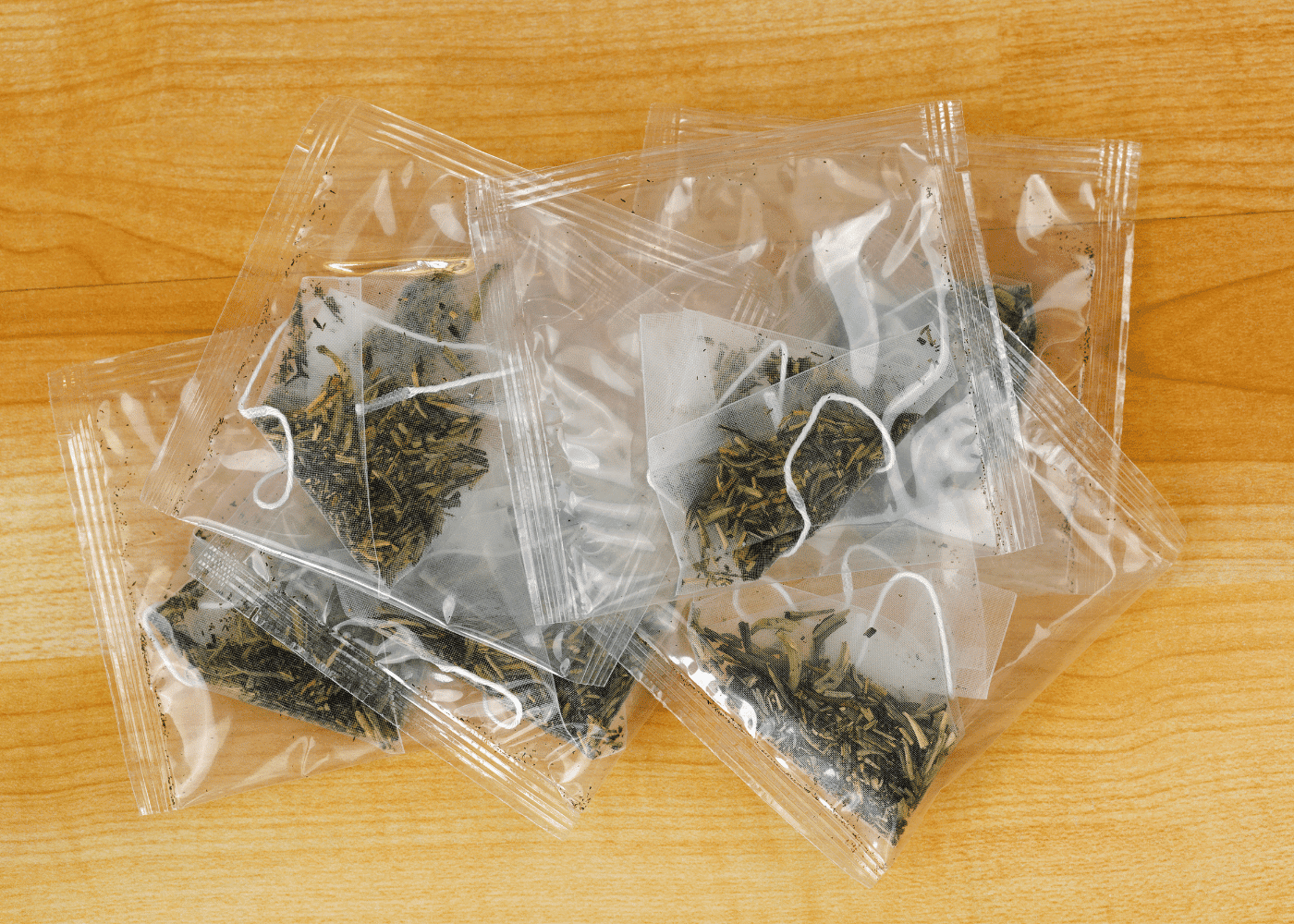
Aluminum Foil
Aluminum foil is a popular packaging film material due to its excellent barrier properties, heat resistance, and lightweight nature. It is often used in combination with other materials, such as plastic or paper films, to create multi-layered packaging solutions. Aluminum foil is commonly used for packaging food products that require long shelf life, such as chocolate, coffee, and tea, as well as pharmaceutical products.

Paper Films
Paper films are a traditional packaging film material with a variety of applications. They provide a natural, sustainable, and biodegradable alternative to plastic and aluminum foil. Some commonly used paper films include:
- Kraft paper: Known for its strength and durability, kraft paper is often used for packaging dry food products, such as tea, coffee, and spices.
- Glassine paper: Glassine is a translucent, grease-resistant paper that is often used for packaging bakery items, candies, and pharmaceuticals.
- Wax paper: Wax paper is moisture-resistant and non-stick, making it suitable for packaging greasy or sticky food products, such as baked goods, cheese, and meat.
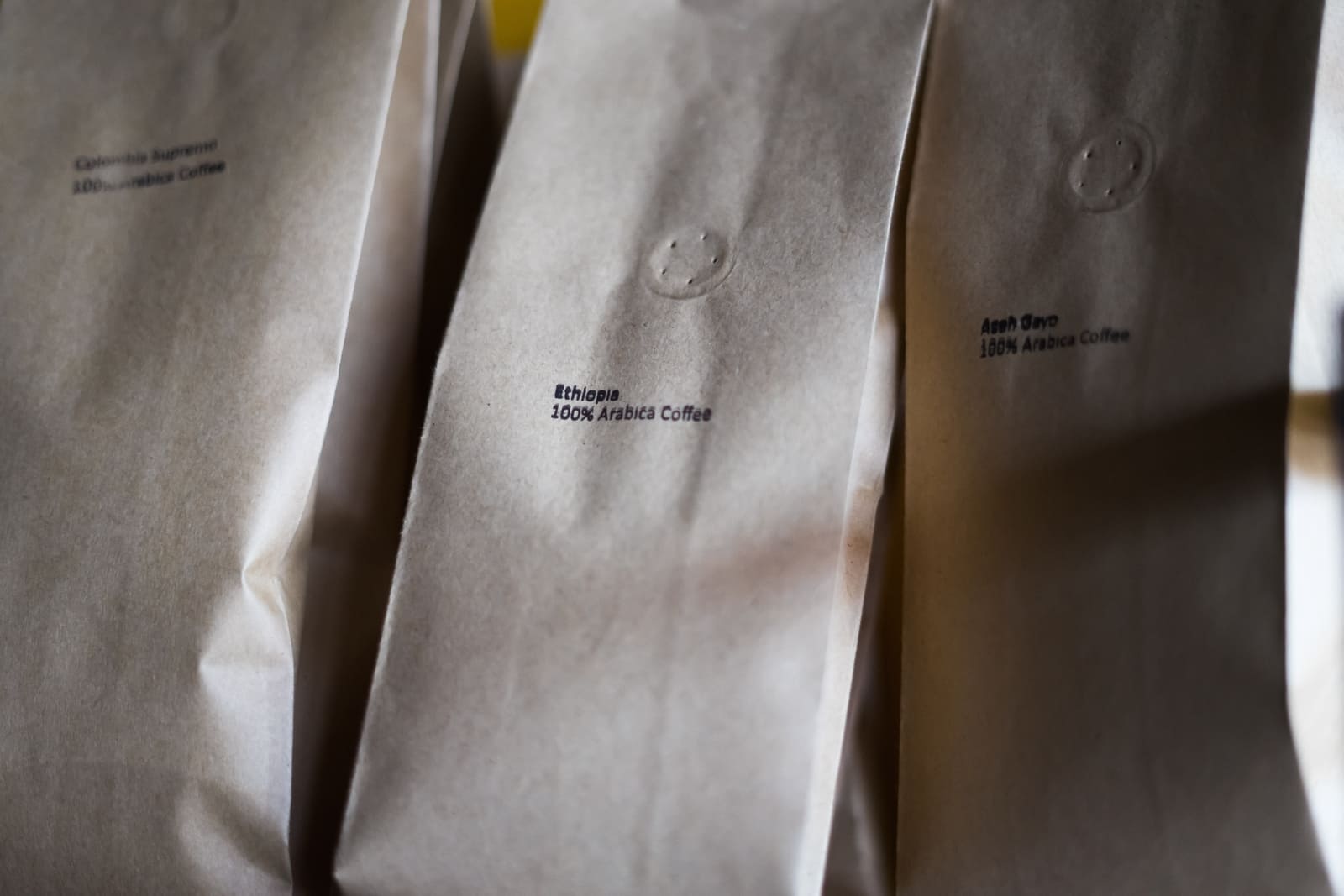
Biodegradable Materials
As sustainability becomes a growing concern in the packaging industry, biodegradable materials are gaining popularity. These materials are designed to break down naturally, reducing the environmental impact of packaging waste. Some examples of biodegradable packaging film materials include:
- Polylactic acid (PLA): PLA is a biodegradable and compostable plastic derived from renewable resources, such as cornstarch. It is commonly used for food packaging, such as produce bags, and disposable cutlery.
- Starch-based materials: Starch-based films are derived from renewable plant sources, such as corn or potatoes. They are often used for packaging applications that require moisture resistance and biodegradability, such as snack food bags and disposable plates.
- Polyhydroxyalkanoates (PHA): PHA is a biodegradable and compostable polymer derived from microorganisms. It is used in various packaging applications, including food packaging, agricultural films, and disposable cutlery.
Recyclable and Compostable Packaging Materials
In an effort to reduce environmental impact, many businesses are turning to recyclable and compostable packaging materials. Some examples include:
- Recyclable plastic films: These films can be processed and converted into new products, reducing waste and conserving resources. Examples include polyethylene (PE), polypropylene (PP), and polyethylene terephthalate (PET).
- Compostable films: These films break down under specific composting conditions, turning into valuable organic matter. Examples include polylactic acid (PLA) and polyhydroxyalkanoates (PHA).
Advantages of Different Packaging Film Materials
Each packaging film material offers specific advantages:
- Plastic films: These films are lightweight, durable, and versatile. They provide excellent barrier properties and can be used for a wide range of applications.
- Aluminum foil: This material offers excellent heat resistance and barrier properties, making it ideal for products requiring airtight packaging or long shelf life.
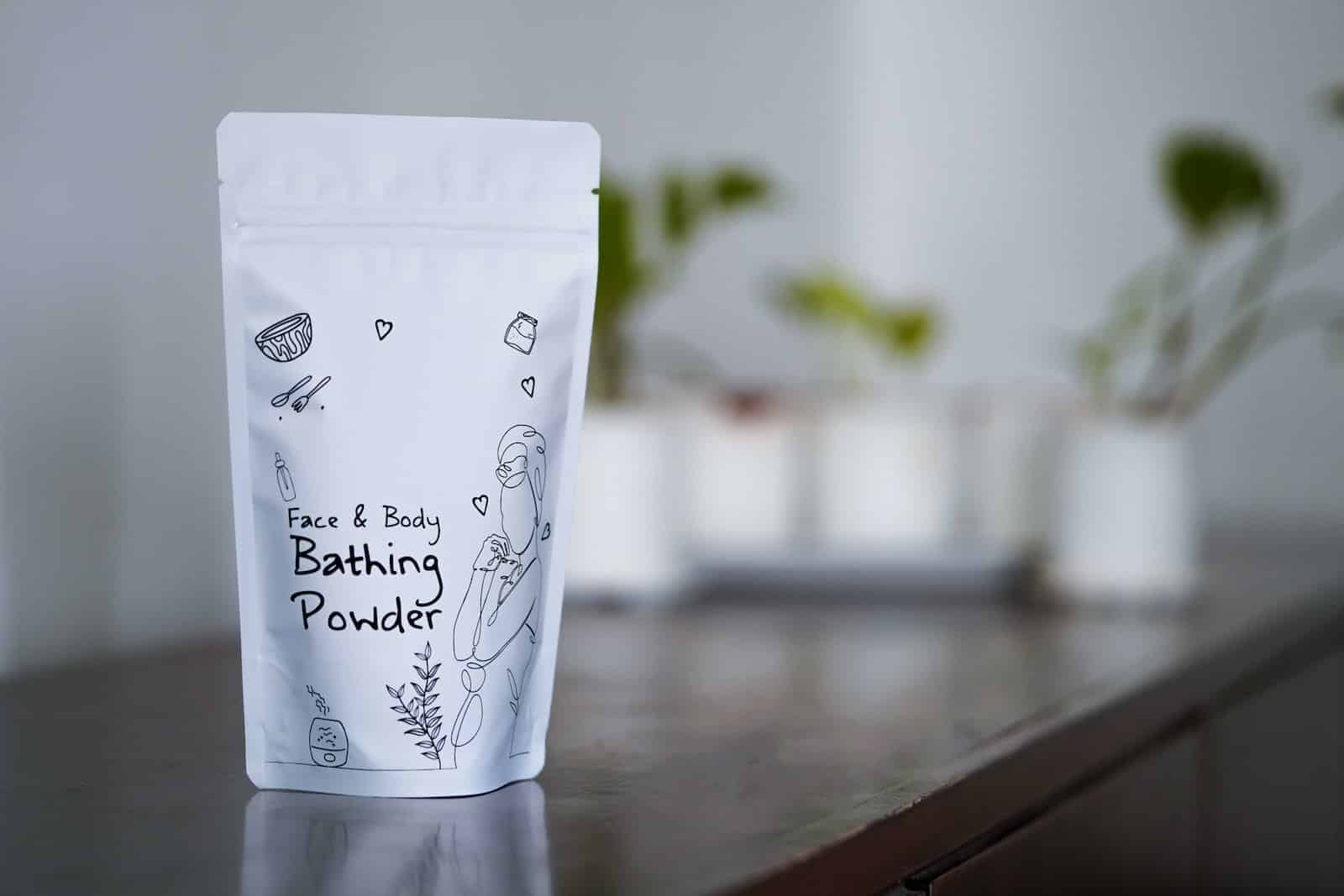
- Paper films: Paper films are biodegradable and can be easily printed on, making them a popular choice for sustainable packaging.
- Biodegradable materials: These materials help reduce environmental impact by breaking down into harmless components after disposal.
Comparing Packaging Film Materials: A Case Study
Let’s explore a case study comparing two different packaging film materials for a snack food product:
- Plastic film (PET/PE): This combination offers excellent barrier properties, ensuring the product stays fresh and protected from moisture and oxygen. The material is also cost-effective and easy to work with on roll stock packing machines.
- Compostable film (PLA): This material is environmentally friendly and breaks down under composting conditions. However, it may not offer the same level of barrier protection as the plastic film, potentially affecting product shelf life.

In this case, the choice between the two materials will depend on the business’s priorities: cost-effectiveness and performance versus environmental sustainability.
Industry-Specific Applications of Packaging Film Materials
Different industries may have specific requirements for packaging film materials:
- Food and beverage: Barrier properties, heat resistance, and food safety are crucial factors in this industry. Plastic films, aluminum foil, and biodegradable materials are commonly used.
- Pharmaceutical: Barrier properties, product protection, and compliance with regulatory standards are essential in the pharmaceutical industry. Plastic films, aluminum foil, and paper films are often used.
- Cosmetics and personal care: These products often require attractive packaging and effective barrier properties. Plastic films, paper films, and aluminum foil are popular choices.
- Agriculture: Packaging materials for agricultural products must be durable and provide adequate protection. Plastic films, paper films, and biodegradable materials are commonly used.
By understanding the unique requirements of different industries, businesses can select the most suitable packaging film material for their roll stock packing machines.
Factors to Consider When Choosing Packaging Film Materials
When selecting the right packaging film material for roll stock packing machines, there are several factors to consider:
- Barrier properties: Choose a material that provides the necessary barrier properties for the specific product being packaged. Consider factors such as moisture, oxygen, and light transmission.
- Heat resistance: If the packaging process involves high temperatures or if the final package will be exposed to heat, select a material with suitable heat resistance.
- Sealability: The material should be compatible with the roll stock packing machine’s sealing mechanism, ensuring a strong and reliable seal.
- Printability: If the packaging requires high-quality printing, choose a material with excellent printability.
- Sustainability: Consider the environmental impact of the material, opting for biodegradable or recyclable materials when possible.
- Cost: Select a material that fits within the budget while meeting the necessary packaging requirements.
Customizing Packaging Film Materials for Your Brand
To create a unique and memorable packaging experience, businesses can customize packaging film materials in various ways:
- Printing: High-quality printing can showcase your brand’s logo, colors, and designs on the packaging material.
- Surface treatments: Surface treatments, such as matte or glossy finishes, can enhance the appearance of the packaging material.
- Special features: Adding special features, such as tear notches or resealable zippers, can improve functionality and user experience.
By customizing packaging film materials, businesses can create a packaging solution that stands out in the market and resonates with consumers.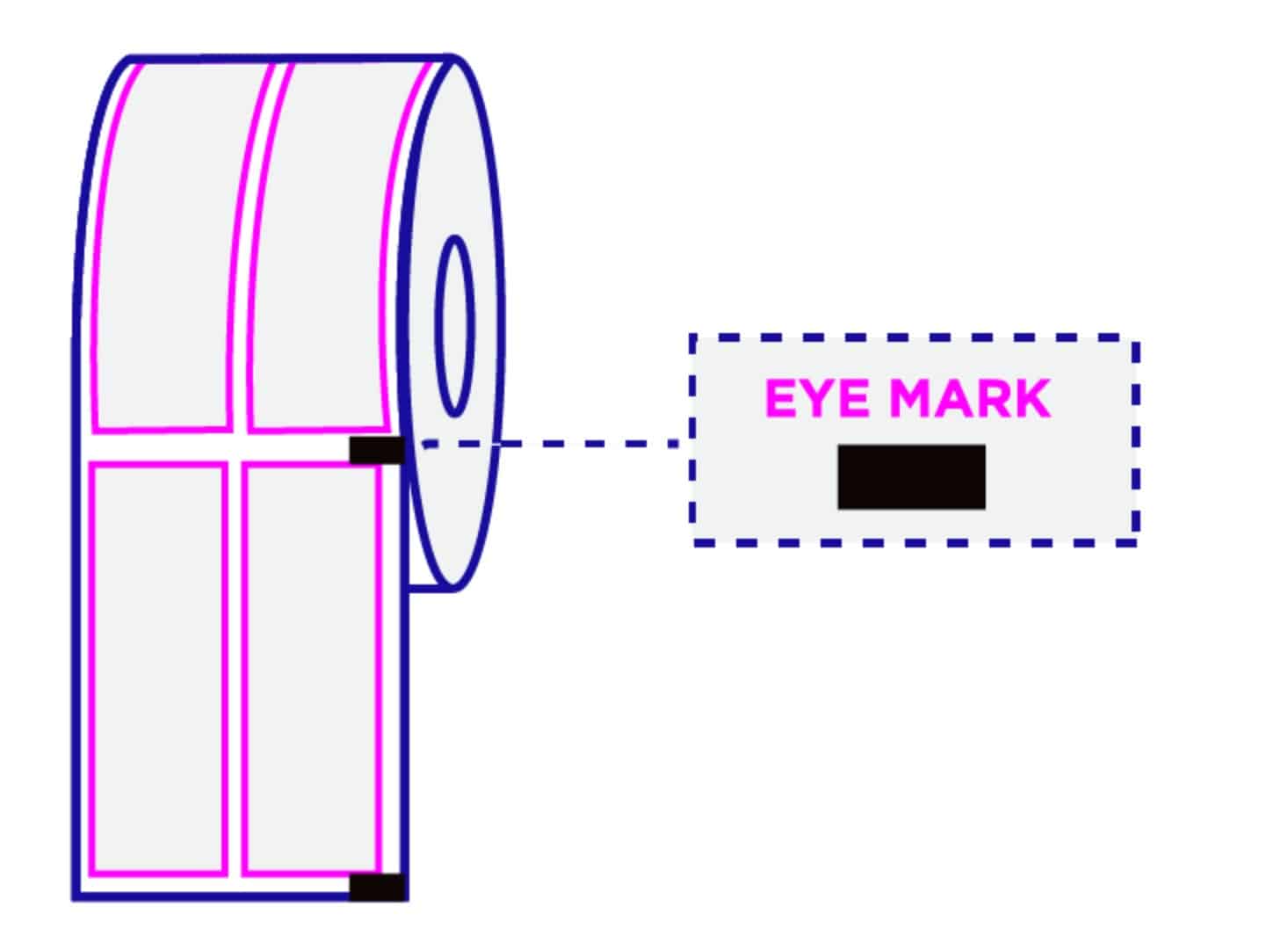
Integrating Film Materials with Roll Stock Packing Machines
To achieve the best results in packaging, it is essential to integrate the chosen packaging film material with the roll stock packing machine effectively. Proper integration ensures compatibility, enables seamless production, and guarantees optimal sealing for the packaged product.
Compatibility
Compatibility between the packaging film material and the roll stock packing machine is crucial for smooth operation. Before selecting a packaging film, consider the following factors:
- Material thickness: The machine should be capable of handling the chosen film’s thickness. Ensure that the film’s thickness is within the machine’s specified range to prevent issues such as tearing or jamming.
- Film type: Roll stock packing machines may be designed to work with specific film materials, such as plastic films, aluminum foil, or paper films. Confirm that the machine is compatible with the chosen material to avoid production issues.
- Roll dimensions: Ensure that the packaging film’s roll dimensions, such as width and diameter, are compatible with the machine’s specifications. This will help avoid issues with film feeding and tensioning.
Adjusting Machine Settings
To optimize the packaging process, it is essential to adjust the roll stock packing machine settings according to the packaging film material:
- Sealing temperature: Different film materials require different sealing temperatures for optimal results. Adjust the machine’s sealing temperature according to the manufacturer’s recommendations for the chosen material.
- Sealing pressure: The sealing pressure should also be adjusted based on the packaging film material’s specifications. Too little pressure can result in weak seals, while too much pressure can damage the film or cause sealing inconsistencies.
- Film tension: Proper film tension is crucial for maintaining a smooth and consistent packaging process. Adjust the machine’s tension settings according to the film material’s properties, such as elasticity and thickness.
- Cutting settings: Some roll stock packing machines have adjustable cutting settings, allowing you to fine-tune the cutting process based on the film material’s properties. Ensure the cutting settings are optimized to prevent film damage or uneven cutting.
Ensuring Optimal Sealing
Optimal sealing is essential for maintaining product quality and preventing contamination. To ensure the best sealing performance, follow these tips:
- Regular maintenance: Perform routine maintenance on your roll stock packing machine, including cleaning the sealing jaws and inspecting the machine for wear or damage. This helps maintain consistent sealing performance.
- Quality control: Implement a quality control process to inspect sealed packages for issues such as leaks, weak seals, or misaligned seals. Identify any issues and adjust the machine settings accordingly to maintain optimal sealing performance.
- Operator training: Ensure that the machine operators are well-trained and familiar with the specific packaging film material and its requirements. Proper training can help prevent issues related to sealing and overall packaging quality.
By integrating packaging film materials effectively with roll stock packing machines, businesses can achieve seamless production, maintain product quality, and ensure optimal sealing for their packaged products.
Conclusion
Roll stock packing machines offer a versatile solution for creating various types of packaging. The choice of packaging film material plays a significant role in determining the performance, functionality, and sustainability of the final package. By understanding the properties and applications of different packaging film materials, such as plastic films, aluminum foil, paper films, and biodegradable materials, businesses can make informed decisions when selecting the right material for their packaging needs.
FAQs
- What are the primary types of packaging film materials for roll stock packing machines?The primary types of packaging film materials include plastic films, aluminum foil, paper films, and biodegradable materials.
- What factors should be considered when choosing a packaging film material?Factors to consider include barrier properties, heat resistance, sealability, printability, sustainability, and cost.
- What are some examples of biodegradable packaging film materials?Examples of biodegradable packaging film materials include polylactic acid (PLA), starch-based materials, and polyhydroxyalkanoates (PHA).
- Why is it important to choose the right packaging film material?Choosing the right packaging film material ensures the final package provides the necessary protection, preservation, and marketing benefits for the product being packaged.
- Can roll stock packing machines work with multiple types of packaging film materials?Yes, roll stock packing machines are versatile and can work with a variety of packaging film materials, provided they are compatible with the machine’s sealing mechanism and other specifications.

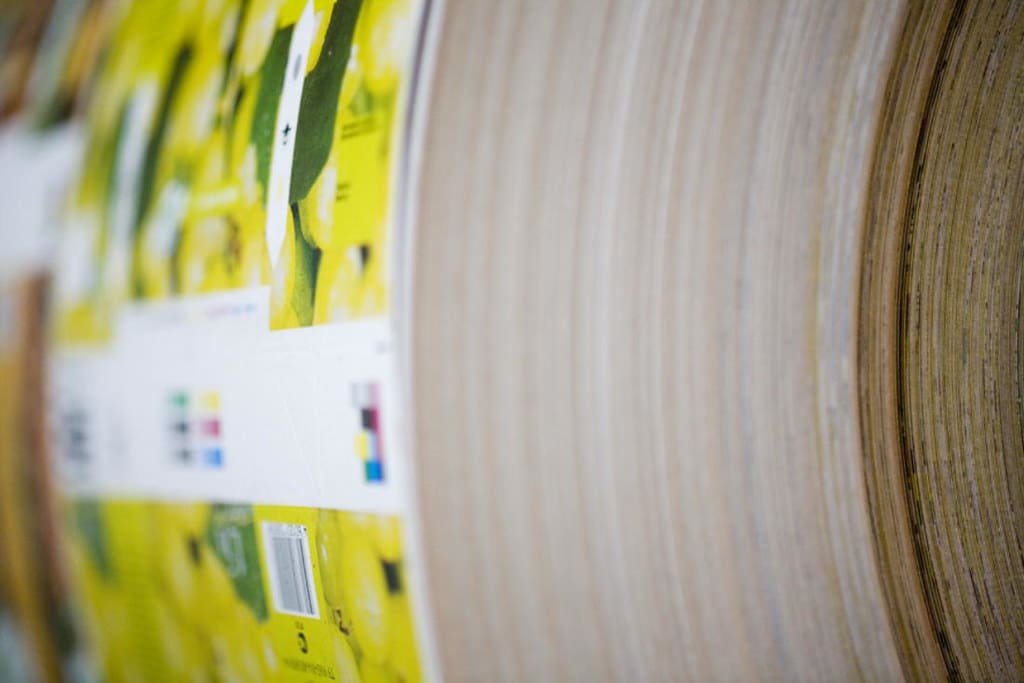
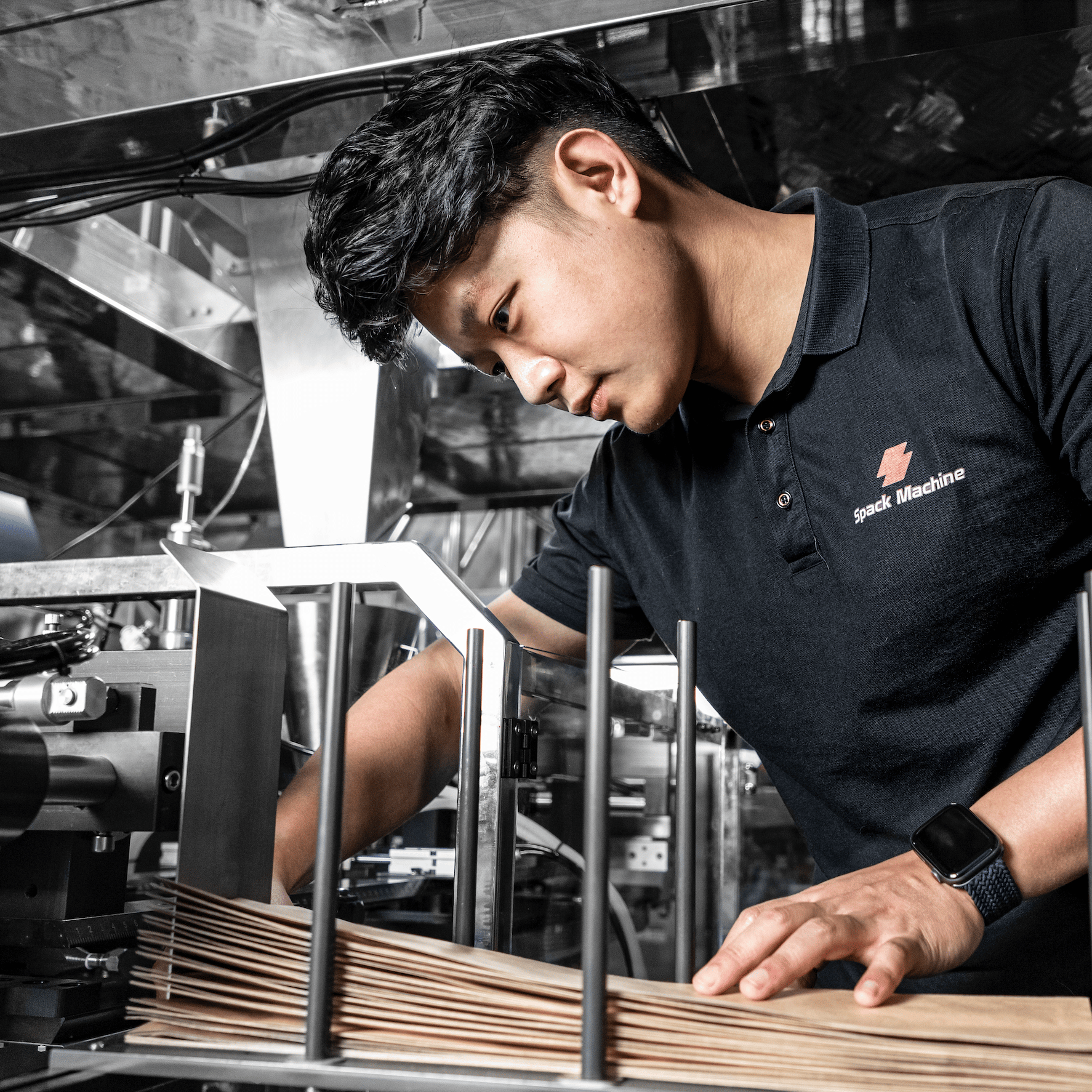
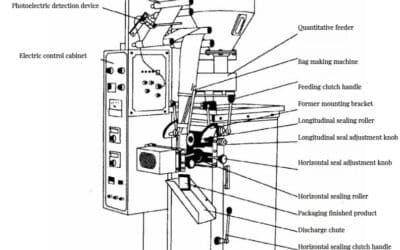
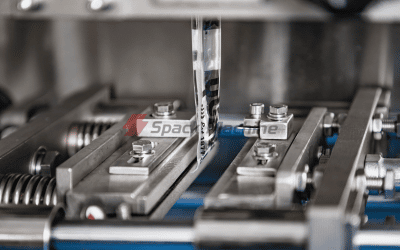
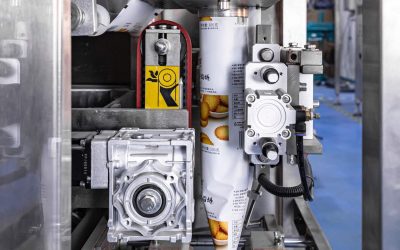
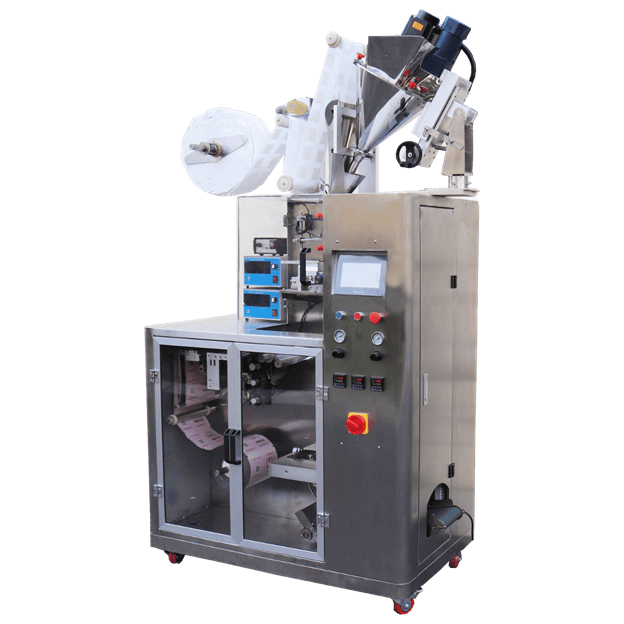
0 Comments